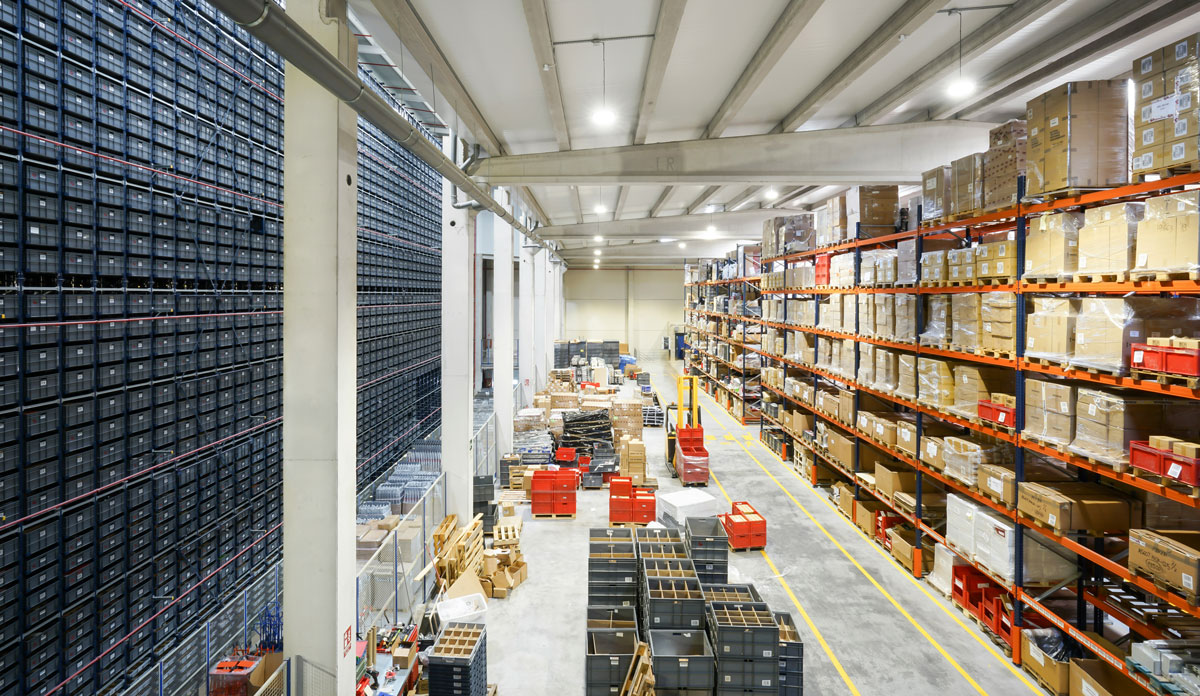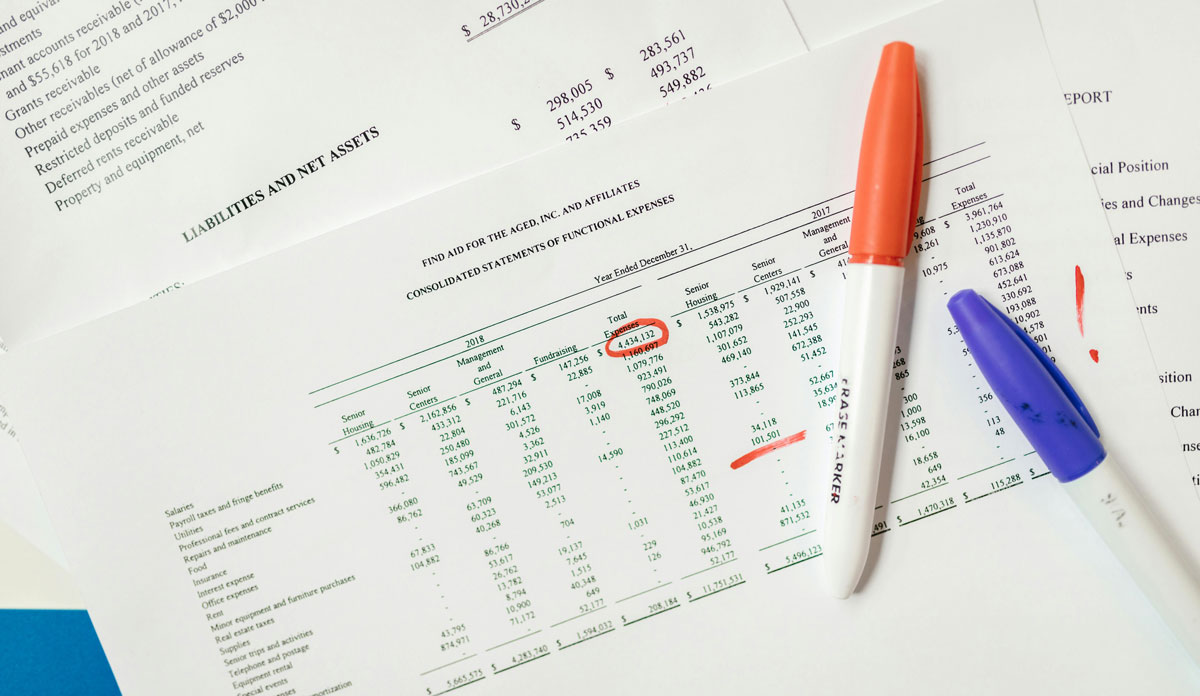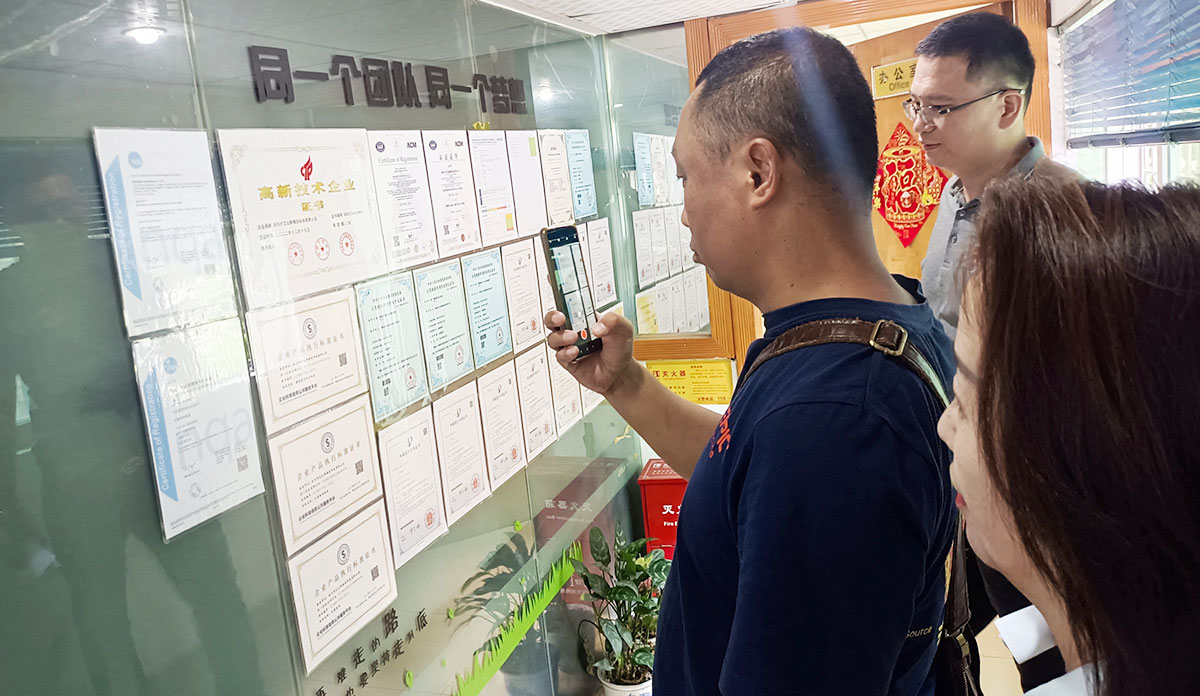
SME Supply Chain Management Tips
Managing a supply chain can feel like juggling flaming torches while riding a unicycle. For small and medium-sized businesses, it's even trickier because resources are often stretched thin, and one wrong move can lead to costly mistakes. But don't worry, mastering supply chain management doesn't require a PhD. With a few savvy tips, you can turn your supply chain from a headache into a well-oiled machine.
Understanding your supply chain is the first step to success. Knowing the ins and outs of your suppliers, manufacturers, and logistics can help identify bottlenecks and inefficiencies. Once you've got a good grasp on each element, you can start making more informed decisions, like which suppliers are worth sticking with and which ones might need a closer look.
Inventory management is another crucial area. You don't want to be caught out with too much stock gathering dust in your warehouse, nor do you want to run out just when demand peaks. By implementing some smart inventory techniques, you can strike the perfect balance and keep your business running smoothly.
Incorporating technology can further streamline your operations. With the right tools, you can improve coordination across different parts of your supply chain and gain valuable insights into your performance. And let's not forget about cost-saving strategies. Every dollar saved on supply chain operations is a dollar you can invest back into your business.
Ready to dive into these tips and tricks? Let's get started!
Understanding Your Supply Chain
Understanding your supply chain is like knowing the secret ingredients in your favourite recipe—it makes everything better. A supply chain includes everything from raw material suppliers to manufacturers, and from logistics providers to the end customer. Each link in the chain has its own set of intricacies and challenges.
First, map out your supply chain. Create a detailed flowchart showing every step your product takes from production to delivery. Identify each supplier, manufacturer, and logistics provider involved. This will help you spot any weak links or areas that need improvement.
Next, build strong relationships with your suppliers. Keep open lines of communication and frequently check in to ensure everyone is aligned. A little rapport goes a long way; knowing you're on the same page can help avoid misunderstandings and delays. Look out for suppliers who are consistently reliable and consider long-term contracts to secure better pricing and priority.
Don't forget to regularly review your supply chain performance. Use key performance indicators (KPIs) like lead time, delivery accuracy, and procurement cost to measure efficiency. Adjust strategies based on performance data to keep your supply chain running smoothly. If you notice any consistent issues, it might be time to rethink your approach or consider new partners.
Efficient Inventory Management Techniques
Efficient inventory management can mean the difference between a thriving business and a cash flow nightmare. Too much stock ties up capital and takes up space, while too little can result in missed sales opportunities and unhappy customers. Here are some tips to keep your inventory in check:
1. Implement Just-In-Time (JIT) Inventory:
JIT inventory is all about getting goods in just before they're needed. By reducing the amount of stock on hand, you save money on storage and reduce the risk of obsolescence. However, JIT requires precise coordination with your suppliers to ensure timely deliveries.
2. Use ABC Analysis:
Not all products are created equal. ABC analysis helps you categorise inventory into three groups: A (high-value, low-quantity), B (moderate value and quantity), and C (low-value, high-quantity). Focus most of your resources on managing A items closely, while B and C items require less attention.
3. Set Reorder Points:
Automatic reorder points can help ensure you never run out of stock. Calculate the minimum level of inventory that triggers a reorder and monitor your stock levels to maintain this threshold. This automation helps in reducing manual errors.
4. Cycle Counting:
Instead of a yearly full inventory check, opt for cycle counting. Count a small portion of your inventory regularly. This ensures accuracy in your stock levels and makes it easier to spot discrepancies early on.
By adopting these inventory management techniques, you can maintain a balanced stock level, minimise costs, and improve customer satisfaction. Proper management means fewer headaches and more time to focus on growing your business.
Leveraging Technology for Better Coordination
Leveraging technology can revolutionise how you handle your supply chain. With the right tools, coordination between different parts of your operation becomes a breeze. Imagine having a top-down view of your entire supply chain, helping you make informed decisions quickly.
1. Supply Chain Management Software:
Using software designed for supply chain management (SCM) streamlines processes like procurement, order management, and supplier coordination. These platforms provide real-time data, helping to track the movement of goods, monitor stock levels, and forecast demand accurately.
2. Internet of Things (IoT):
IoT devices, like smart sensors, can track your products in real time. Whether it's monitoring the temperature of perishable goods or tracking shipments, IoT ensures transparency and reduces the chances of unexpected issues.
3. Automation:
Automate repetitive tasks such as reordering stock, generating invoices, and updating shipment statuses. Automation not only saves time but also reduces human error, making your supply chain more efficient.
4. Blockchain Technology:
For highly transparent and secure transactions, blockchain can be a game-changer. It creates an immutable ledger of all transactions, making it easier to verify the authenticity and route of goods.
By adopting these technologies, you enhance coordination across your entire supply chain. The result? Fewer hiccups, better resource management, and a supply chain that moves as smoothly as a well-oiled machine.

Cost-Saving Strategies for SMEs
Cost-saving strategies are essential for small and medium-sized enterprises aiming to stay competitive. Every dollar saved can be reinvested into growth areas. Here are some effective strategies to keep costs low without sacrificing quality.
1. Bulk Purchasing:
Buying in bulk often comes with discounts. Identify products you can purchase in larger quantities. While this strategy requires a bit more storage space, the cost savings can be significant.
2. Negotiate with Suppliers:
Always negotiate terms with your suppliers. From better payment terms to bulk discounts, every little saving adds up. Consider building long-term relationships for more loyalty and better deals.
3. Outsource Non-Core Activities:
Focus on what you do best and outsource the rest. Activities like warehousing, logistics, and even some administrative tasks can often be handled more economically by specialised third-party providers.
4. Energy Efficiency:
Look for ways to reduce energy consumption in your operations. Simple changes like switching to LED lighting, using energy-efficient equipment, and implementing smart energy management systems can lead to considerable savings.
5. Reverse Logistics:
Implementing efficient return processing (reverse logistics) can help recover value from returned goods. Whether it's refurbishing and reselling or recycling, there are cost-saving opportunities in handling returns efficiently.
Taking these steps can trim expenses and free up capital, helping your business operate more efficiently and profitably.
Conclusion
Successfully managing your supply chain as a small or medium-sized business doesn't have to be like herding cats. With a clear understanding of each component, effective inventory practices, leveraging technology, and applying smart cost-saving strategies, you can transform your supply chain into a competitive advantage. These strategies help you reduce waste, improve efficiency, and ultimately, enhance customer satisfaction.
As your friendly sourcing experts, we know the value of a well-managed supply chain. Implementing these tips will make a world of difference in your business operations. If you're ready to make your supply chain the best it can be, get in touch with Epic Sourcing New Zealand. We'll help you navigate the complexities and get your products where they need to be, when they need to be there through our supply chain management services.
Ready to optimise your supply chain? Contact Epic Sourcing New Zealand today and let's get started!
Related Articles
Let’s Make It Epic
We're here to make sourcing simple – and a whole lot less stressful.

.svg)

.svg)





